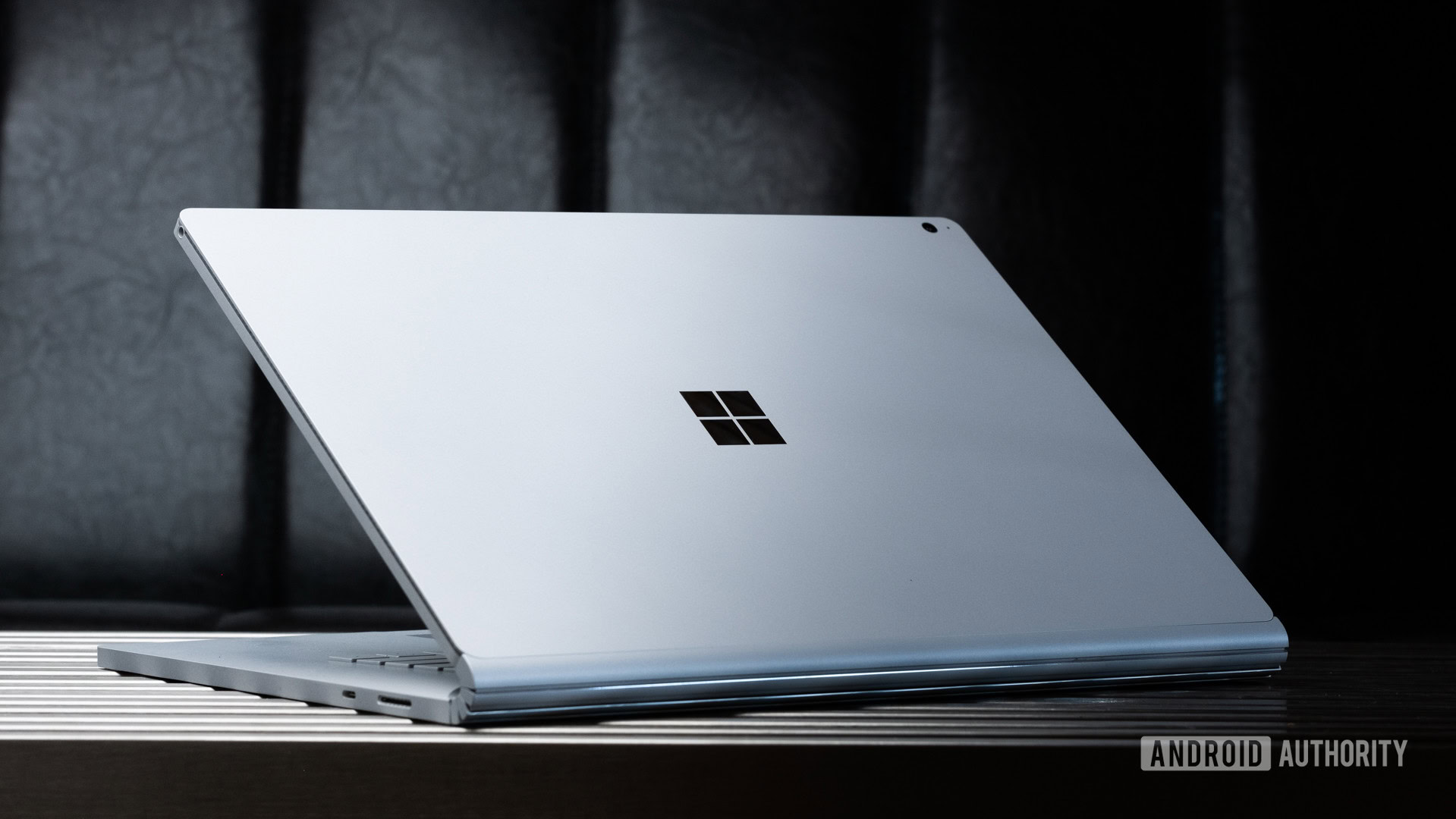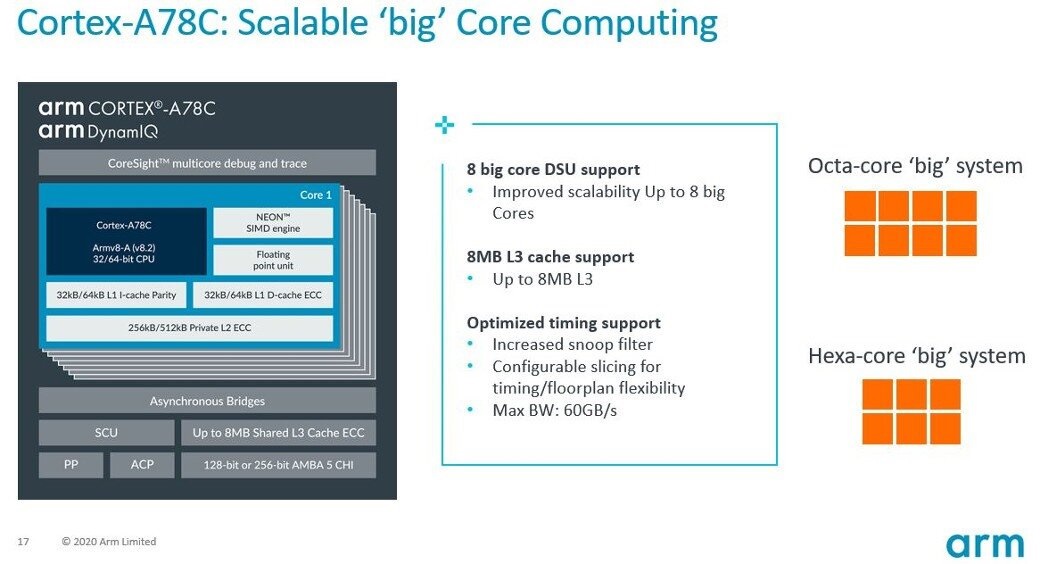Affiliate links on Android Authority may earn us a commission. Learn more.
Here's how Arm's latest CPU targets laptop and handheld console performance
Published onNovember 9, 2020
A few days ago, Arm quietly launched its Cortex-A78C CPU core in a blog post. The processor builds on the previously announced Cortex-A78, but with a higher performance target than smartphones. The Cortex-A78C is designed primarily for always-connected laptops and other high-performance, battery-powered products. With Arm-powered Macs right around the corner, the Cortex-A78C could end up as the rival CPU in the Windows on Arm ecosystem for 2021 laptops.
Android Authority sat down with Arm to learn a bit more about the ins and outs of the CPU offshoot.
As the naming nomenclature suggests, this chip is an adaptation of the Cortex-A78 anticipated to power upcoming smartphone chipsets. To bridge the performance gap between handsets and laptops, the A78C is built for a bigger core count. Up to eight CPU cores can now exist in a single cluster, up from four in the smartphone-class Cortex-A78. This brings the design more in line with rival multi-core laptop processors.
To do this, Arm has revamped its DynamIQ Shared Unit (DSU) to support the larger silicon layout required by eight big CPU cores. The DSU also supports up to 8MB L3 cache, allowing the cores to work in tandem on large datasets stored in memory. This is the same as the even more powerful Cortex-X1.
The Cortex-A78C core is also a little different from the standard Cortex-A78. It implements instructions from newer Armv8.X architecture revisions, such as Armv8.3’s Pointer Authentication and other security-focused features. As a result, the CPU can’t be paired up with existing Armv8.2 CPUs, such as the Cortex-A55 for a big.LITTLE arrangement. We’re looking at six or eight big core only configurations. This wouldn’t be a good fit for mobile, but small core power efficiency is not so important in the laptop market.
Otherwise, the performance and power targets are exactly the same as the existing Cortex-A78. We’re looking at a roughly 20% improvement moving from a 7nm Cortex-A77 to a 5nm Cortex-A78. The C variant is designed to accommodate some compute specific features and to scale up multi-core performance.
More from Arm: Mali-G78 and Mali-G68 graphics announced
What is the Cortex-A78C for?

The Arm Cortex-A78C is destined for the always-connected PC, laptop, and possibly even Chromebook markets. Essentially, it’s an upgrade path for chipsets like the Qualcomm Snapdragon 8cx, with even more performance for desktop-class compute workloads. Although we mustn’t forget that Arm’s CXC program partners also have access to the Cortex-X1, which promises bigger single-core gains. So we’ll just have to see what Arm’s partners make of the options.
Arm has its eye on the mobile gaming and hand-held console market too. Although exactly what form factor and products Arm’s partners have in mind is anyone’s guess right now. However, there is a very popular Arm-powered hand-held console from Nintendo that’s rumored for a refresh in 2021. NVIDIA’s Tegra X1 that powers the Switch is based on old Cortex-A57 and Cortex-A53 cores. An upgraded chip could certainly benefit from more modern and powerful Cortex-A78C cores. But SoCs tend to come before products, so let’s not get ahead of ourselves.
We’ll have to wait for chipset announcements from Arm’s partners to gain a better perspective on eventual products. The Cortex-A78C is already with Arm’s partners and announcements are expected throughout 2021.
Up next: What NVIDIA buying Arm means for your next smartphone
